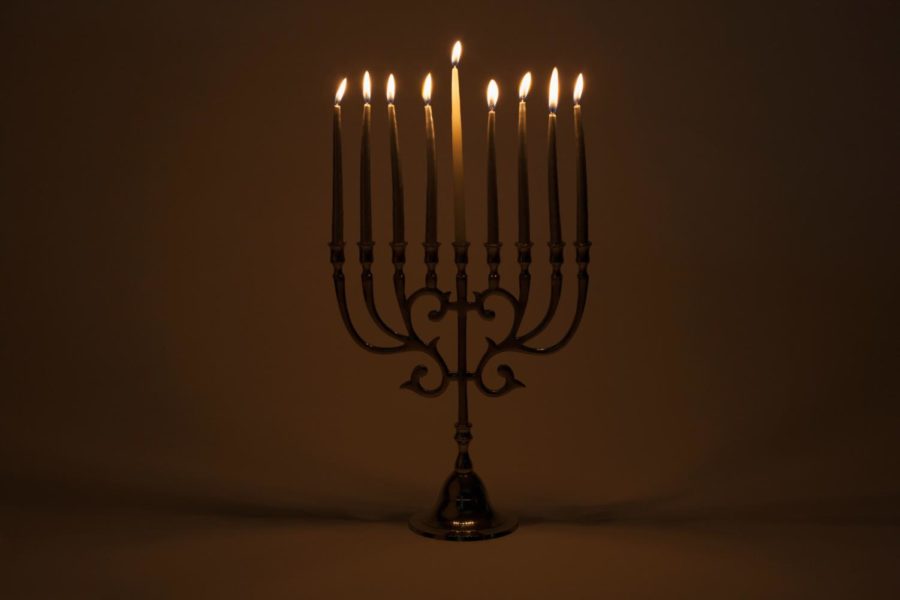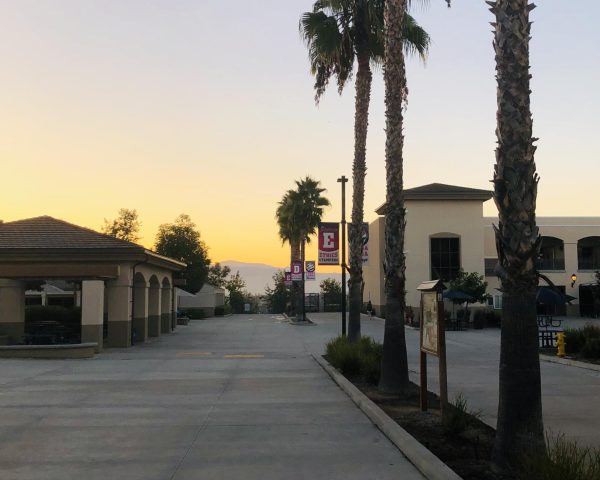The History Behind Traditional Hanukkah Food
The menorah is said to be described in the Hebrew Bible as something that was used in the Tabernacle and in the Temple in Jerusalem. Since BCE, it has served as a symbol of the Jewish people and Judaism in the Land of Israel.
January 4, 2023
Hanukkah is just around the corner, which means families are digging up generations-old family recipes and getting excited about the start of the holiday season. People often hear about the amazing food that’s served during Hanukkah, but what is the history behind these foods? What makes them special enough to be a staple at the family dinner? “I think understanding the history behind certain foods helps us to appreciate it more.” Pamela Falcon (10).
To start off with a favorite, matzah ball soup is a beloved dish by many. The soup dates back to when Moses led the Jewish Exodus from Egypt. It’s said that while crossing, passers had to eat unleavened bread, now called matza bread. To honor this struggle, passers from that point on only ate unleavened bread when crossing. Over the years, this bread has become sacred to the Jewish community. This was until the Manischewitz company capitalized on the bread and started selling mass volumes of it, causing it to lose its sacred meaning. Still, the bread represents the struggles of its Jewish ancestors, and even though the bread is widespread, it still holds its sacred meaning.
I think understanding the history behind certain foods helps us to appreciate it more. — Pamela Falcon (10)
Next is challah bread. You’ll see this sweet, fluffy bread make its appearance at most, if not every, Jewish holiday dinners. This bread has very unique origins, dating all the way to the Temple of Jerusalem. It refers to the biblical story of manna (bread) that God sent to the Israelites while they were stranded in the forest. During B.C.E, it was common for women to make the Challah dough in their homes and give it to the priests as an offering. Also, the braided style of the bread represents the braided hair of the wife of Shabbah.
Next, potato latkes is a dish, unlike some of the other foods, that does not have its origins rooted in ancient history. Instead, it emerged in Eastern Europe during the 1800s. Widespread crop failure and famine in Poland and Ukraine led to the mass planting of potatoes. Considering potatoes are pretty bland, people had to get creative, which is how latkes emerged.
The special desert Sufganiyot dates all the way back to Adam and Eve. There is an Israeli folktale that tells the story of how after Adam and Eve were expelled from the Garden of Eden, God gave them jelly doughnuts to cheer them up. Furthermore, these doughnuts were originally savory, filled with mushrooms and other vegetables instead of jelly. Then, during the 16th century there was a large influx of sugar into the American colonies and people modified the recipe to make it sweet instead of savory, and that’s how we have the Sufganiyot we know and love.
Lastly is brisket. What’s known widely as an American dish actually has its origins in Eastern Europe. It first worked its way into the daily cuisine of Eastern Europeans because of its low cost. Brisket is the meat from the front of the animal, which takes a long time to cook. What makes brisket around the holiday season so special is the fact that every family has their own recipe specifically catered to them. These recipes are often passed down generation to generation, and it’s always a special treat to get to enjoy your family’s famous brisket during the holiday season.











































